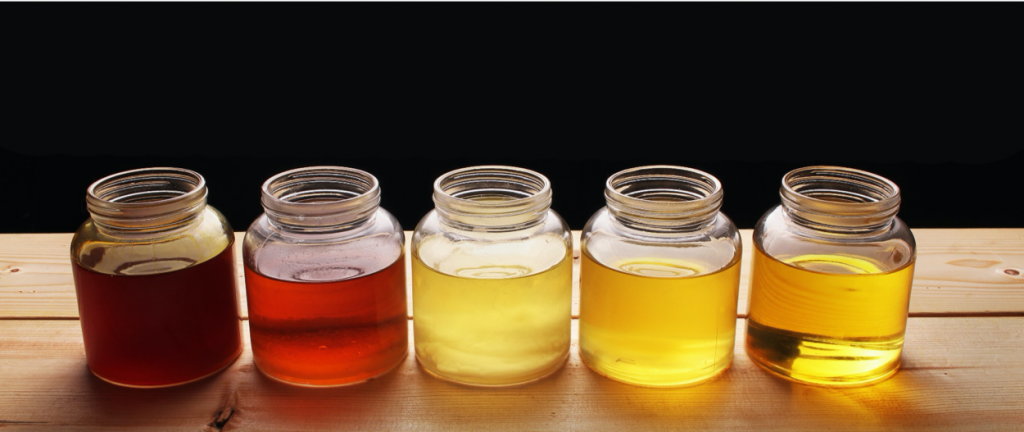The Oil

The oil palm produces two types of oil; crude palm oil (CPO) from the fibrous mesocarp and crude palm kernel oil (CPKO) from the kernels. Although both oils originate from the same fruit, palm oil is chemically and nutritionally different from palm kernel oil. It is one of the only two mesocarp oils available commercially, the other being olive oil.
In the conventional milling process, the FFB’s are sterilised and the fruitlets stripped off. The loose fruitlets are then digested and pressed to extract the CPO. The kernels are separated from the fibrous mesocarp in the press cake and later cracked to obtain the CPKO.
Chemical Composition Of Palm Oil
Crude Palm Oil is the richest natural source of tocotrienols. The Malaysian Palm Oil Board (MPOB) has developed a special patented technology for extraction. The latest technology to purify tocotrienols from the fruits of oil palm (Elais guineensis) was developed to obtain superior quality and purity.
What Are Tocotrienols
Tocotrienols are members of the Vitamin E family comprising tocotrienols and tocopherols. Tocotrienols differ from tocopherols in that they contain three double bonds in the side chain (see molecular structure). Tocotrienols’ isoprenoid side chain has three double bonds as compared to tocopherols’ saturated side chain. In total, there are four types of tocopherols, namely alpha, beta, gamma, and delta and four corresponding of tocotrienols isomers.


Tocotrienols are 40-60 times more potent than tocopherols, making it one of the most powerful lipid soluble antioxidants available. Among vegetable oils, palm oil is the richest natural source of tocotrienols. Surprisingly, tocotrienols are not found in any other vegetable oils like soybean oil, canola oil, rapeseed oil, and sunflower oil. Tocotrienols can be found naturally but in much fewer quantities in rice bran, barley, wheat germ, and oats.
Palm tocotrienol complex contains significant amount of D-Alpha-Tocopherol, D-Alpha-Tocotrienol, D-Gamma-Tocotrienol and D-Delta-Tocotrienol as compared to most other naturally-found Vitamin E sources, the majority of which are of the tocopherol variety.


